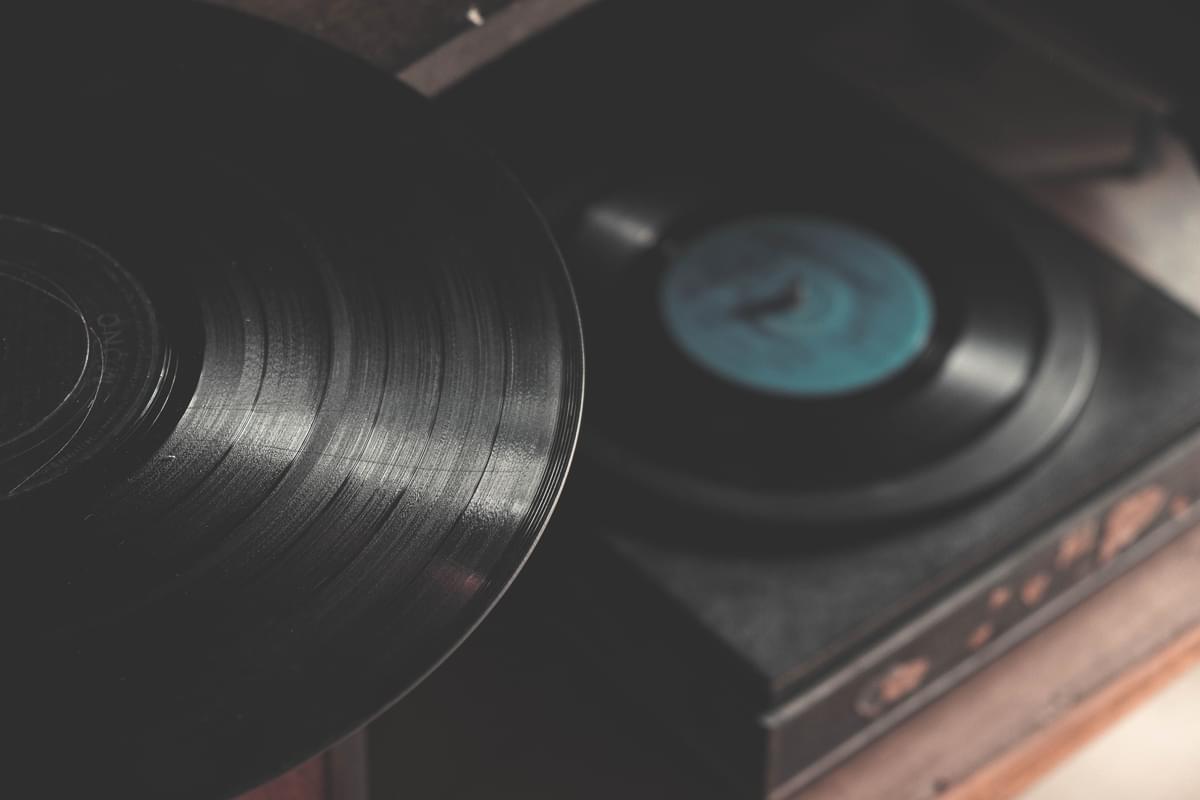
Mapping out sound through the decades
From Scott de Martinville’s invention of the phonautograph in 1857 to popular streaming services of today, a new book details the four distinct ages of recorded sound – acoustic, electrical, magnetic and digital.
The Art of Sound: A Visual History for Audiophiles by Terry Burrows
This beautifully produced and intelligently organised volume surveys the mechanics of recording and reproducing music since the earliest days in the second half of the nineteenth century. In one sense, the subtitle does less than justice to the range of possible audiences for the book. Certainly, the chronological development of technological advances charts the (until most recently) one-way direction of travel towards ever more accurate reproduction of the source material, so will appeal to the high fidelity and 180 gram virgin vinyl enthusiasts. However, the publisher’s access to the EMI Archives has allowed a diverse range of artefacts, superbly photographed by Simon Pask, from its vaults, to be included, as well as images from an assortment of label catalogues, poster advertisements (there are some gorgeous Art Deco graphics incorporated into ads depicting 1930s radio gramophones), and towards the end a reminder of the commercial winners (CD, Sony Walkman) and losers (DAT, MiniDisc).
The four sections cover acoustic, electrical, magnetic and digital eras, and this allows us to see the breadth of the recorded music world, and it also throws up some surprises. Stereo really developed in the 1950s, though of course mono remained a popular choice right through until the late 1960s, yet the patent for stereophonic sound was filed as long ago as 1931. Serious recording of so-called ‘world music’ goes back as least as far as the pioneering Laura Bolton, whose 1929 African field recordings were issued by RCA Victor in a multi-volume 78 format.

Brief overviews of key figures and technological improvements, such as magnetic tape invented in Germany before World War Two and kept pretty much hidden by the Nazis until the end when its development in the United States owed much to a shrewd financial investment by none other than Bing Crosby, keep the non-techie reader up to speed with what’s going on in the studio at any particular time.
Thames and Hudson, a publisher best known for its art books, has done a first rate job in insisting upon high production values, so it is interesting to note Terry Burrows’s observations towards the end when he considers the most recent digital advances. It appears that we are now living at a time when, contrary to the line of development hitherto, actual sound quality is not a major priority. The audio consumer of 2017 is of the MP3 generation. Yet, this is also the age of the supposed ‘vinyl revival’. The success of Record Store Day tells us … what? The interest in Jack White and the PBS American Epic television series team as they recreate a 1920s studio recording environment tells us … something (maybe). As record fetishism lives alongside a contrasting desire for music in a convenient form (albeit with mediocre sound quality), this splendid book shows us how we came to be here.
Get the Best Fit take on the week in music direct to your inbox every Friday

Patrick Wolf
Crying The Neck







